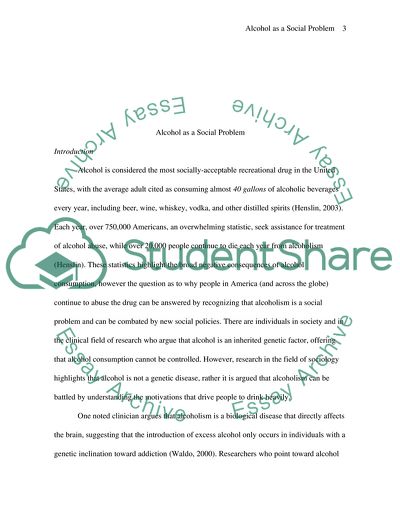Cite this document
(Alcohol as a Social Problem Coursework Example | Topics and Well Written Essays - 1500 words, n.d.)
Alcohol as a Social Problem Coursework Example | Topics and Well Written Essays - 1500 words. https://studentshare.org/social-science/1706995-alcohol-as-social-problem
Alcohol as a Social Problem Coursework Example | Topics and Well Written Essays - 1500 words. https://studentshare.org/social-science/1706995-alcohol-as-social-problem
(Alcohol As a Social Problem Coursework Example | Topics and Well Written Essays - 1500 Words)
Alcohol As a Social Problem Coursework Example | Topics and Well Written Essays - 1500 Words. https://studentshare.org/social-science/1706995-alcohol-as-social-problem.
Alcohol As a Social Problem Coursework Example | Topics and Well Written Essays - 1500 Words. https://studentshare.org/social-science/1706995-alcohol-as-social-problem.
“Alcohol As a Social Problem Coursework Example | Topics and Well Written Essays - 1500 Words”. https://studentshare.org/social-science/1706995-alcohol-as-social-problem.


